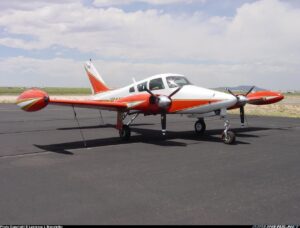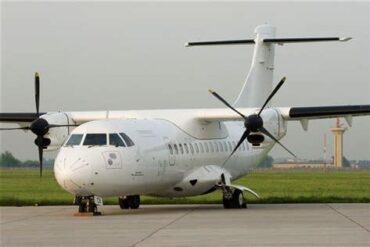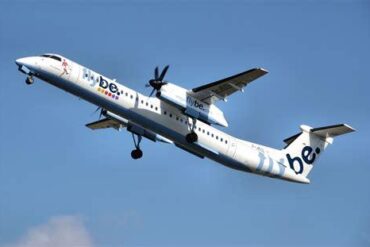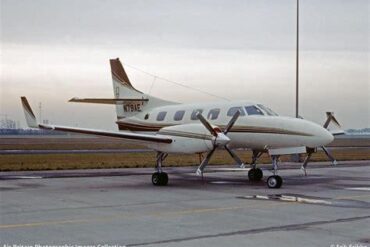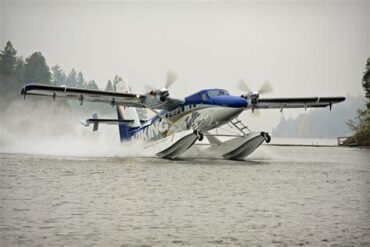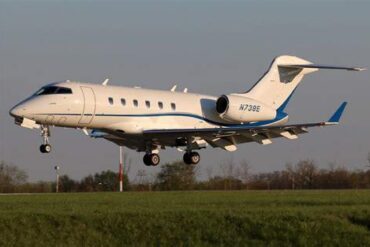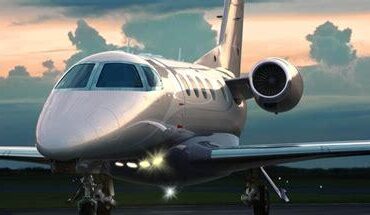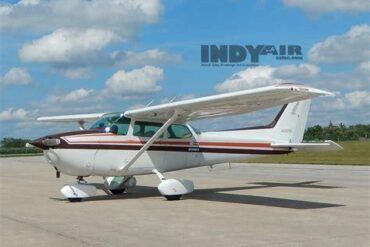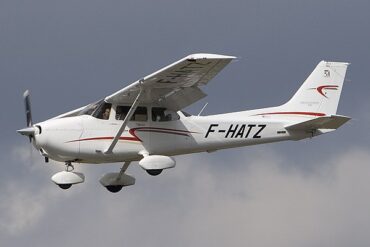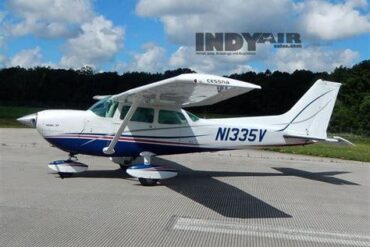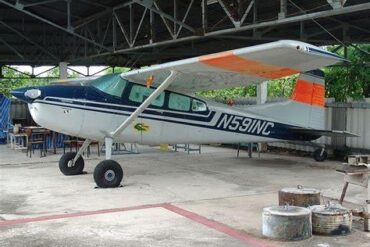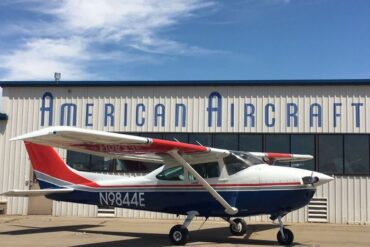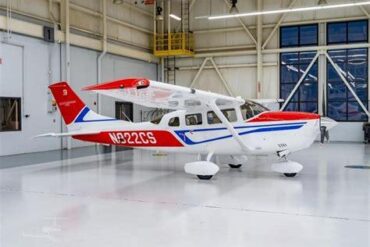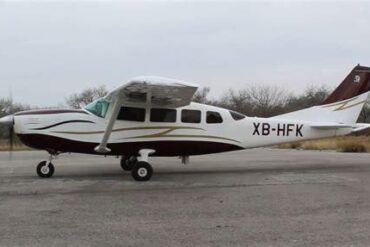The Cessna 300 series, a well-regarded family of light aircraft, is known for its efficiency, reliability, and overall performance. In this article, we will explore the various factors influencing the price and operating costs associated with the Cessna 300 series, providing prospective buyers and current owners with comprehensive insights.
Overview of the Cessna 300 Series
The Cessna 300 series includes several models, such as the Cessna 305 and Cessna 310, which have been popular among private pilots, flight schools, and even charter services. The Cessna 300 series is distinguished by its impressive range, robust performance in varying conditions, and user-friendly cockpit design.
Key Specifications
-
Engine Type: Typically equipped with Lycoming or Continental engines, providing a range of horsepower options.
-
Cruise Speed: Average cruise speeds vary between 160 to 200 knots, depending on the model and configuration.
-
Range: Most models offer a range between 600 to 1,000 nautical miles, making them ideal for short to medium-range flights.
-
Passenger Capacity: Designed to accommodate up to six passengers, allowing for comfortable group travel.
These specifications highlight the versatility of the Cessna 300 series, appealing to a broad range of users.
Purchase Price of Cessna 300 Series
The initial purchase price of a Cessna 300 series aircraft can vary significantly based on several factors, including the model, age, condition, and equipment installed.
Average Purchase Prices
-
Cessna 305: Ranges from $25,000 to $50,000 depending on the year and condition.
-
Cessna 310: Typically priced between $50,000 and $200,000.
-
Cessna 340: A higher-end option, often available for $150,000 to $300,000.
These price ranges reflect both new and used aircraft options. Prospective buyers are encouraged to assess the aircraft’s condition and maintenance history, as these factors can significantly affect the final price.
Factors Affecting Purchase Price
-
Model and Year: Newer models equipped with advanced avionics typically command higher prices.
-
Airframe and Engine Hours: Aircraft with lower hours may be priced higher due to less wear and tear.
-
Modifications and Upgrades: Aircraft with enhanced avionics, interior upgrades, or additional safety features can also see a premium on their prices.
-
Market Demand: Economic conditions and the general demand for light aircraft can influence prices, with high demand often leading to higher prices.
Operating Costs of Cessna 300 Series
Owning a Cessna 300 series aircraft involves various operating costs, which can fluctuate based on usage, maintenance, and other factors. Understanding these costs is crucial for budgeting and managing ownership expenses effectively.
Fixed and Variable Operating Costs
Fixed Costs
These costs are incurred regardless of flight hours and include:
-
Insurance: Approximately $1,500 to $5,000 annually, depending on the aircraft’s value, the pilot’s experience, and coverage options.
-
Hangar Fees: Typically ranging from $200 to $800 per month based on location and type of hangar.
-
Annual Inspections: Budgeting about $1,000 to $3,000 annually for necessary maintenance and inspections.
Variable Costs
These costs are directly related to flight hours and include:
-
Fuel Costs: With an average fuel consumption of 15-20 gallons per hour, at a fuel price of $5 per gallon, the cost per hour can range from $75 to $100.
-
Maintenance and Repairs: Budgeting around $50 to $200 per hour for routine maintenance and unexpected repairs.
-
Engine Overhaul: A significant expense, typically around $20,000 to $40,000, depending on the engine type and hours flown.
Total Operating Costs Per Flight Hour
To summarize the total operating costs, we can provide a table that breaks down the estimated costs per flight hour:
| Cost Category | Cost Per Hour ($) |
|---|---|
| Fuel | $75 – $100 |
| Maintenance | $50 – $200 |
| Engine Overhaul (Amortized) | $10 – $20 |
| Insurance (Amortized) | $50 – $100 |
| Hangar Fees (Amortized) | $20 – $30 |
| Total Estimated Costs | $205 – $450 |
These figures illustrate that the total operating costs for a Cessna 300 series aircraft can vary widely depending on individual usage and maintenance practices.
Maintenance Considerations
Maintaining a Cessna 300 series aircraft is essential to ensuring safety, performance, and longevity. A well-maintained aircraft not only performs better but can also save owners money in the long run by minimizing unexpected repairs.
Routine Maintenance Tasks
-
Pre-Flight Checks: Conducting thorough pre-flight inspections can help identify potential issues before they become major problems.
-
Oil Changes: Regular oil changes, typically every 25 to 50 hours of operation, are crucial for engine health.
-
Annual Inspections: Compliance with FAA regulations requires an annual inspection by a certified mechanic.
Choosing a Maintenance Provider
Selecting a reliable maintenance provider is vital. Factors to consider include:
-
Experience with Cessna Aircraft: Look for providers with a solid reputation in servicing Cessna aircraft specifically.
-
Certifications: Ensure that the maintenance provider holds the necessary FAA certifications.
-
Customer Reviews: Research customer feedback to gauge satisfaction with their services.
Financial Considerations for Owners
Financing Options
Purchasing a Cessna 300 series aircraft can be a significant investment. Therefore, understanding financing options is crucial. Possible options include:
-
Loans: Traditional bank loans or specialized aircraft financing through lenders experienced in aviation.
-
Leasing: For those not ready to purchase, leasing can be an attractive option, allowing access to the aircraft without the full purchase price.
Tax Considerations
Aircraft owners should also consider potential tax benefits, such as:
-
Depreciation: Tax deductions for depreciation can significantly reduce taxable income.
-
Operational Deductions: Costs related to operating the aircraft may also be deductible, especially for business use.
Conclusion
In conclusion, the Cessna 300 series represents a robust choice for private and commercial aviation enthusiasts. Understanding the purchase price and operating costs is crucial for effective budgeting and ensuring that ownership is financially sustainable. By considering factors such as maintenance, financing options, and potential tax benefits, owners can make informed decisions that will enhance their flying experience.
As the aviation market continues to evolve, the Cessna 300 series remains a compelling option, balancing performance, comfort, and cost-effectiveness for a wide range of pilots.
